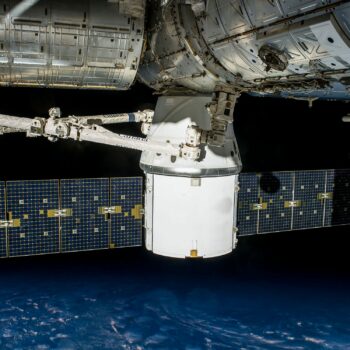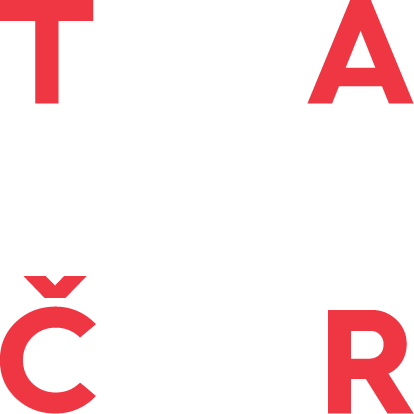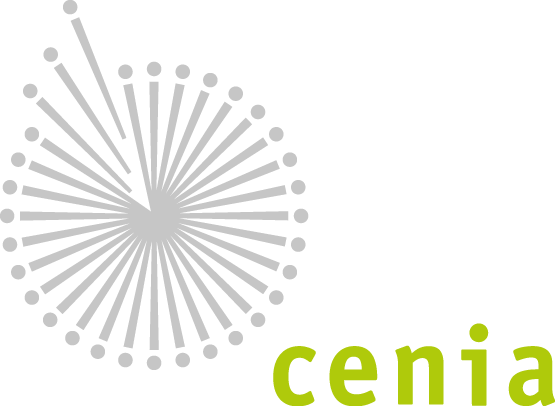


The aim of this WP is to extend and systematise the detection and monitoring of contaminated sites (KM) in the Czech Republic and to deepen practical knowledge about KM. Under this WP, the interconnection of existing institutionalised registers and databases with new tools using remote sensing techniques combined with in situ verification of selected contaminated sites will be addressed. There will be the design, creation and within a defined framework the testing of the KM passporting methodology using DPZ tools and the verification and matching of the data thus obtained using in situ analyses of selected types of contaminated sites. A tool will be created that will be able to automatically, or semi-automatically, evaluate images stored within CENIA’s Satellite Data Archive (ASD) using the methodology and specified passports. For in situ analysis, a preliminary search of possible types and locations was conducted and the research team assessed that not all types of KM could be affected to the extent of the volume of this project part, and also in the light of the current discourse in society, focused on sites used to deposit waste in the aquatic environment, i.e. lagoons, tailing ponds and character-like sites (tailing ponds, slurry ponds, etc.).
As the circular economy progresses, there is and will increasingly be a shift away from some forms of waste management methods, in particular landfills. Landfills have been with us since the beginning of mankind, and there are large numbers of landfills in varying degrees of development on our territory. In the current version of the SEKM database (https://www.sekm.cz/portal/), there are 6299 landfills of various types. The focus of the research in this section is solid waste landfills, particularly waste that is biologically active and made up of what would best be called municipal waste today. The aim is to carry out analyses for existing, closed landfills, or closed landfills describing the degradation of biological material in the body of the landfill and, using liquid media analyses from the body of the landfill, also to analyse the pollutants we will encounter during the aftercare of the body of the landfill. Analyses of liquid and solid samples taken from different time-determined landfill profiles produce a data set describing the composition of landfill waste.
These will then serve both to refine estimates of the potential of historic landfill gas production, which is still used as a basis (baseline) for assessing success in national decarbonisation efforts. It will also contribute to the debate on the long-term potential of landfill gas as RES. At the same time, this information will serve as a basis for possible remediation procedures, possibly to exploit the potential (runoff, incineration, etc. recovery) of historically accumulated waste.
| Principal Investigator |
|
| Co-Investigators |
|



Work Package Publications
2.C - Kubal M., Suchánek Z. (2021): Rešerše kontaminovaných míst vhodných pro analýzu složení historických odpadů
Dílčí výzkumná zpráva
2.C - Kolektiv autorů - Rešerše kontaminovaných míst
Dílčí výzkumná zpráva
2.C - Kolektiv autorů - Databáze spektrálních katalogů
Specializovaná veřejná databáze
2.C - Kubal M. (2023): Souhrnná zpráva historický vývoj složení odpadu v ČR a zahraniční
Souhrnná výzkumná zpráva
2.C - Suchánek Z., Řeřicha J. (2023): Staré skládky komunálního odpadu inventarizované v Systému evidence kontaminovaných míst
Open Access článek: https://www.wasteforum.cz/cisla/WF_2_2022.pdf
2.C - Poslušná M., Kopecká I., Semerád J., Cajthaml T. (2024): Kontaminace skládkových vod organickými polutanty
Sborník abstraktů, poster
2.C - Kubal M., Chumchalová J. (2024): Workshop na téma složení odpadu dnes a dříve
Workshop


